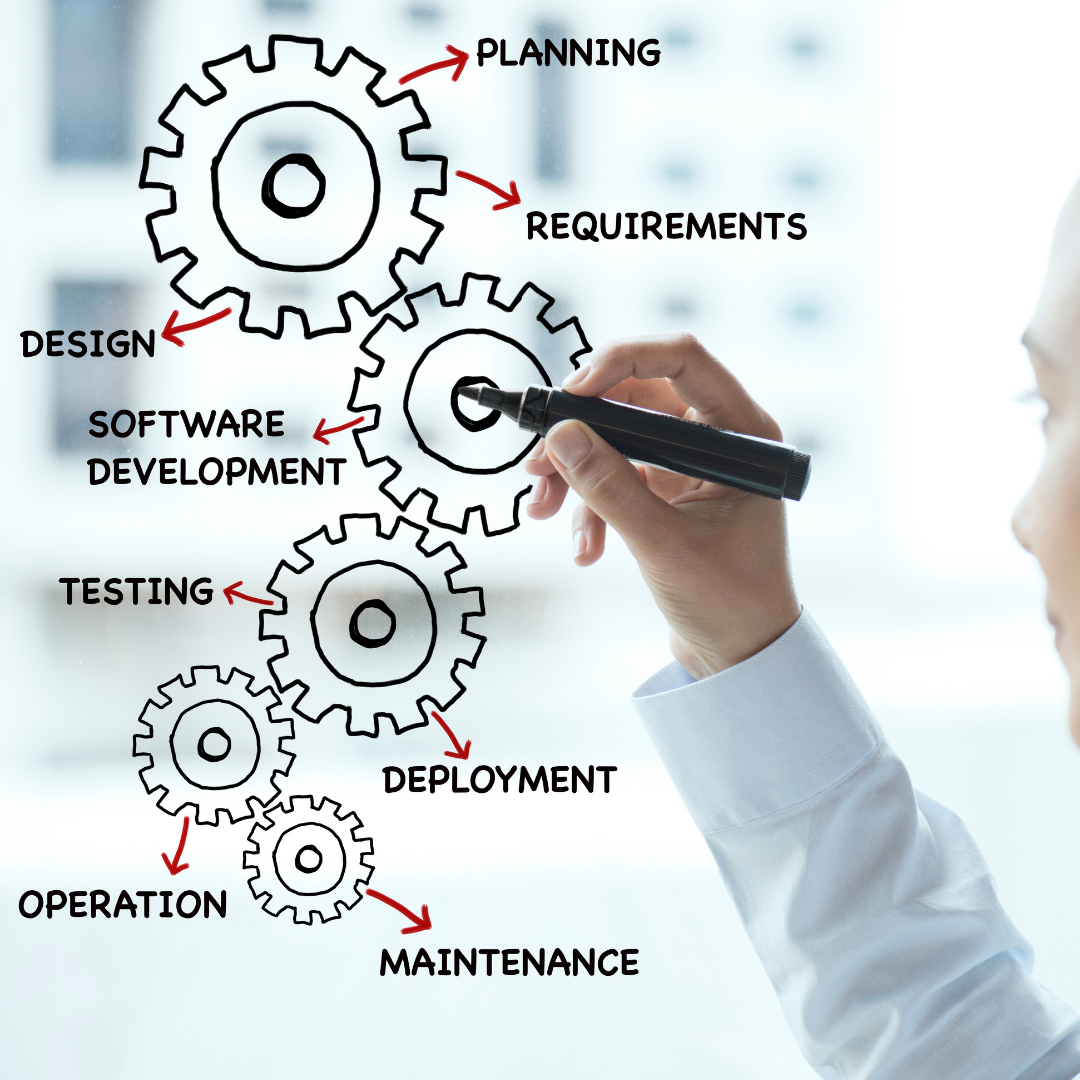End-to-end development is a term used in the computing world to describe a process where the entire software development cycle from start to finish is managed by a single team. This includes tasks such as design, coding, testing, and deploying the finished product.
Once the product is finished and ready to be released, companies typically invest a considerable amount of time in identifying an appropriate name for the product. To ensure that the product name is well-received and resonates with the target audience, they may choose to Test potential product names with 100 real consumers within two hours (or another defined period). In spite of the fact that this process is not an integral part of the development of software, it still is an important one that cannot be neglected.
In most cases, a well-developed product with an appropriate name can be more successful in the market and can lead to increased sales and profits. Additionally, it can help build a strong brand identity and reputation, and create a greater customer base.
A software developer that will adopt the end-to-end approach for you is django development company.
There are several advantages to using an end-to-end development approach. These are:
It allows the team to have greater control over the final product
This allows for a better end-user experience and a more seamless integration into the company’s infrastructure.
It ensures that all aspects of the software meet the required standards
Maintaining software quality is a never-ending task. Achieving and maintaining software quality requires a concerted effort by the entire software development organisation, from the top managers to the newest team members. It also requires the use of sound software engineering practices, including well-defined processes and tools, and a focus on meeting customer requirements.
It leads to a more cohesive and integrated end product
End-to-end development is the process of designing, creating, and deploying a software system or application that meets the needs of the end users. This involves ensuring that all elements of the system, including data storage (enabled by DBAAS providers), are integrated and work together cohesively. The result should be a product that is easy to use and provides the desired functionality.
The end-to-end development process encourages better collaboration between team members. By having all the team members working together on a single project, they can share knowledge and expertise, and learn from one another. This can lead to a more efficient and productive team.
It can help reduce the risk of software defects and improve the overall quality of the product
Below is a list of the problems of software having defects.
- It can cause a loss of time and money.
- It affects the end user’s experience.
- Systems can crash.
- There are security vulnerabilities.
Product defects can be caused by numerous factors, including coding errors, requirements issues, and design flaws.
Many defects are found during the testing phase, but some are discovered after the product has been released to the end-user.
The end-to-end development process can help reduce the number of software defects and improve the overall quality of the product. By having a single team responsible for the entire software development cycle, they can better coordinate their efforts and ensure that all aspects of the product meet their standards.
It can lead to faster turnaround times and reduced development costs
End-to-end development is a type of software development that brings together the end-user and the developer, it also makes it possible to create better products, faster. This is because end-to-end developers have more control over the user data, and they can easily integrate it into the website or application using their preferred csv uploader. Similarly, other processes can also be expedited due to more control, and developers can identify and solve problems earlier because they understand what is needed from both perspectives. This means that end-users get more value out of the products they use, and developers can focus on creating features that matter.
End-to-end development is a process, not a product. It begins with understanding the end user’s needs and ends with the delivery of a finished product. To do this effectively, end-to-end developers need to have a strong understanding of both the end-user and the development process.
While end-to-end development offers many benefits, it is not always possible or practical to use this approach. Certain stages of the software development cycle are better suited for end-to-end development, such as design and coding. Other stages, such as testing and deployment, are better overseen by separate teams. It is also important to note that end-to-end development does not always mean that the entire team manages all aspects of the process. In some cases, it may be necessary to outsource certain tasks to specialised teams or contractors.

